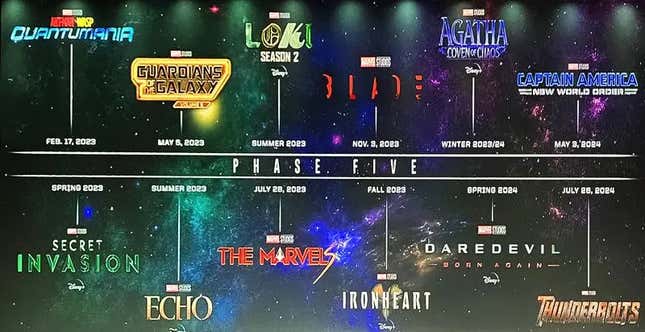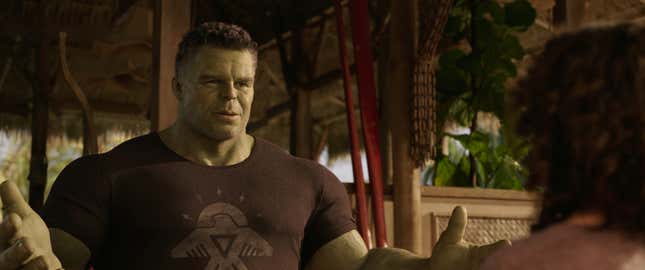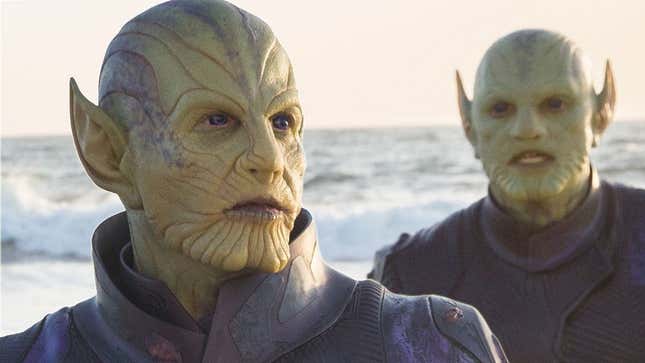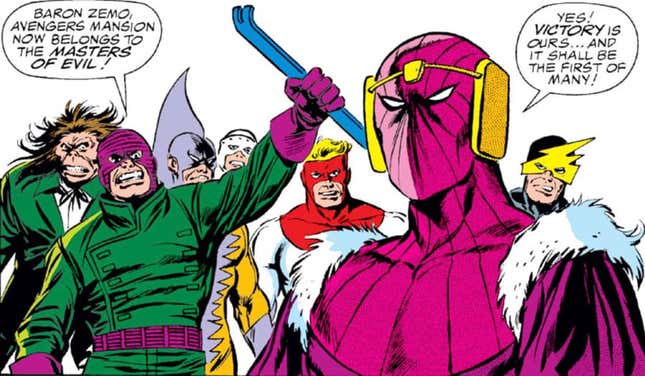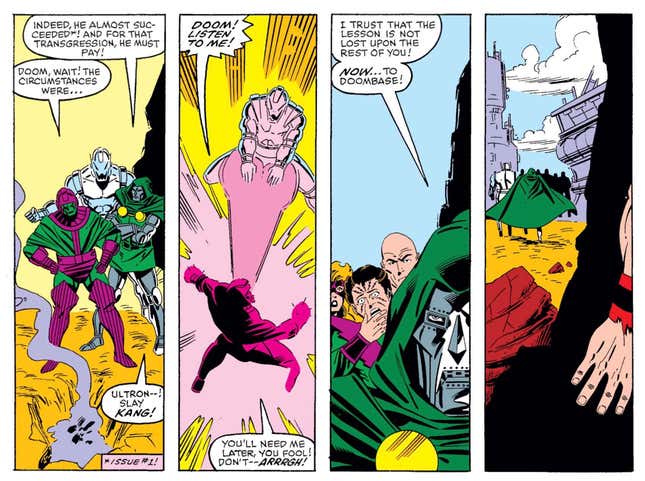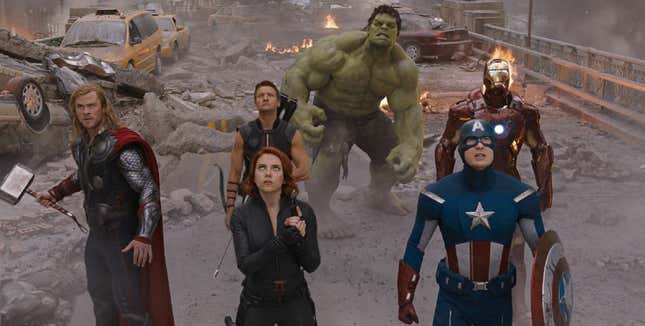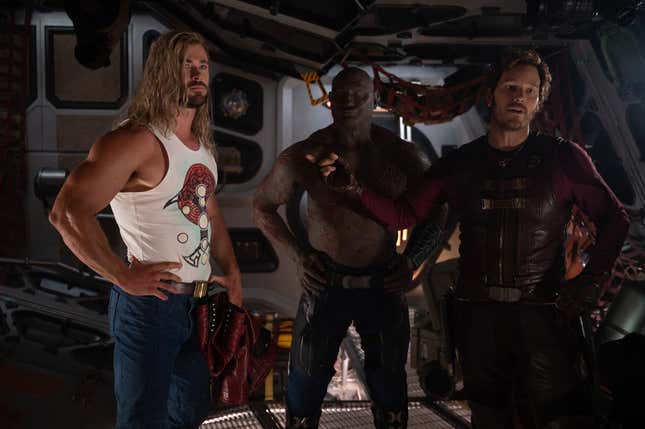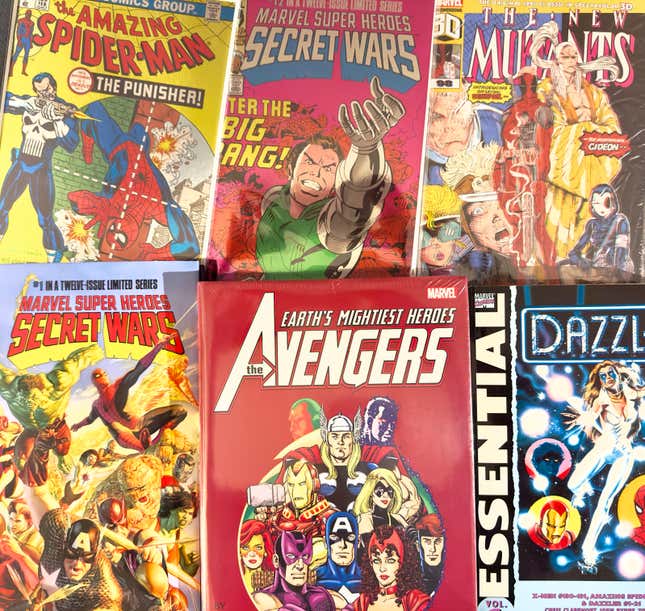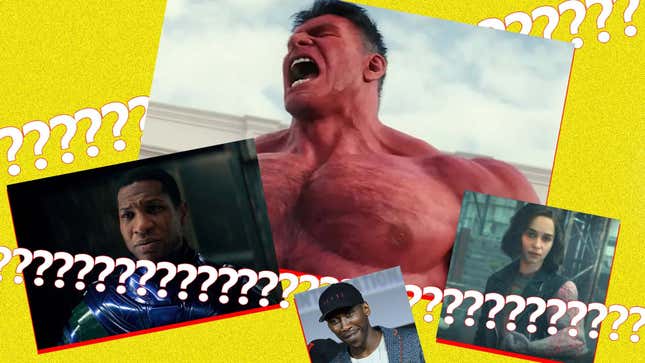
You could say the Marvel Cinematic Universe hasn’t had the best last few years. Now, in 2025, we’ve had two new MCU films — Captain America: Brave New World and Thunderbolts* — that were either critically panned and commercially disappointing, or critically loved yet struggling to make MCU-sized returns. Marvel is in a bit of crisis mode.
Its movies are no longer the safest bet in Hollywood. The Disney+ shows have started to feel more like homework than appointment television, even for the biggest MCU fans. From where I’m sitting, after being a critic for over fourteen years and a lifelong comic book reader, the issues Marvel Studios is going through are mistakes that Marvel Comics has also made over the last few decades. There’s much .Marvel has done over the decades that are genius and have helped the comic book industry. But the company has also put its comic book arm in peril just as many times.
The MCU completely redefined not only superhero movies but the idea of movie franchises. All that success made Marvel Studios too comfortable with the audience, even after other studios had failed in their attempts to copy them. Why is it, then, that audiences have been disappointed? Why have the movies this year not been hitting the highs they used to? Why does each show seem like a shooting star that disappears from the cultural conversation almost the instant it airs?
Here, I’m going to diagnose some of the symptoms that have led the MCU to its current struggle era — and ways it can return to its glory days.
